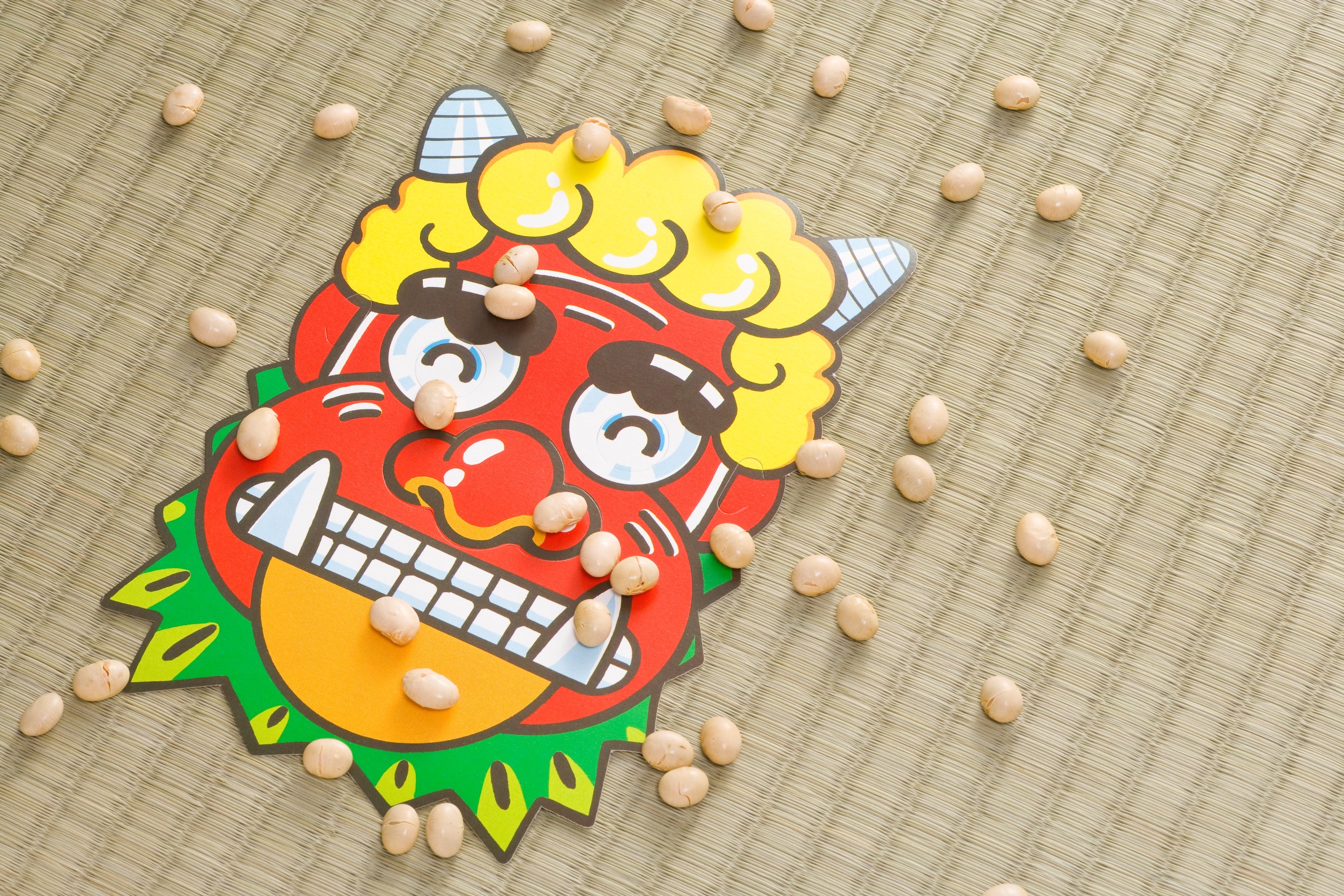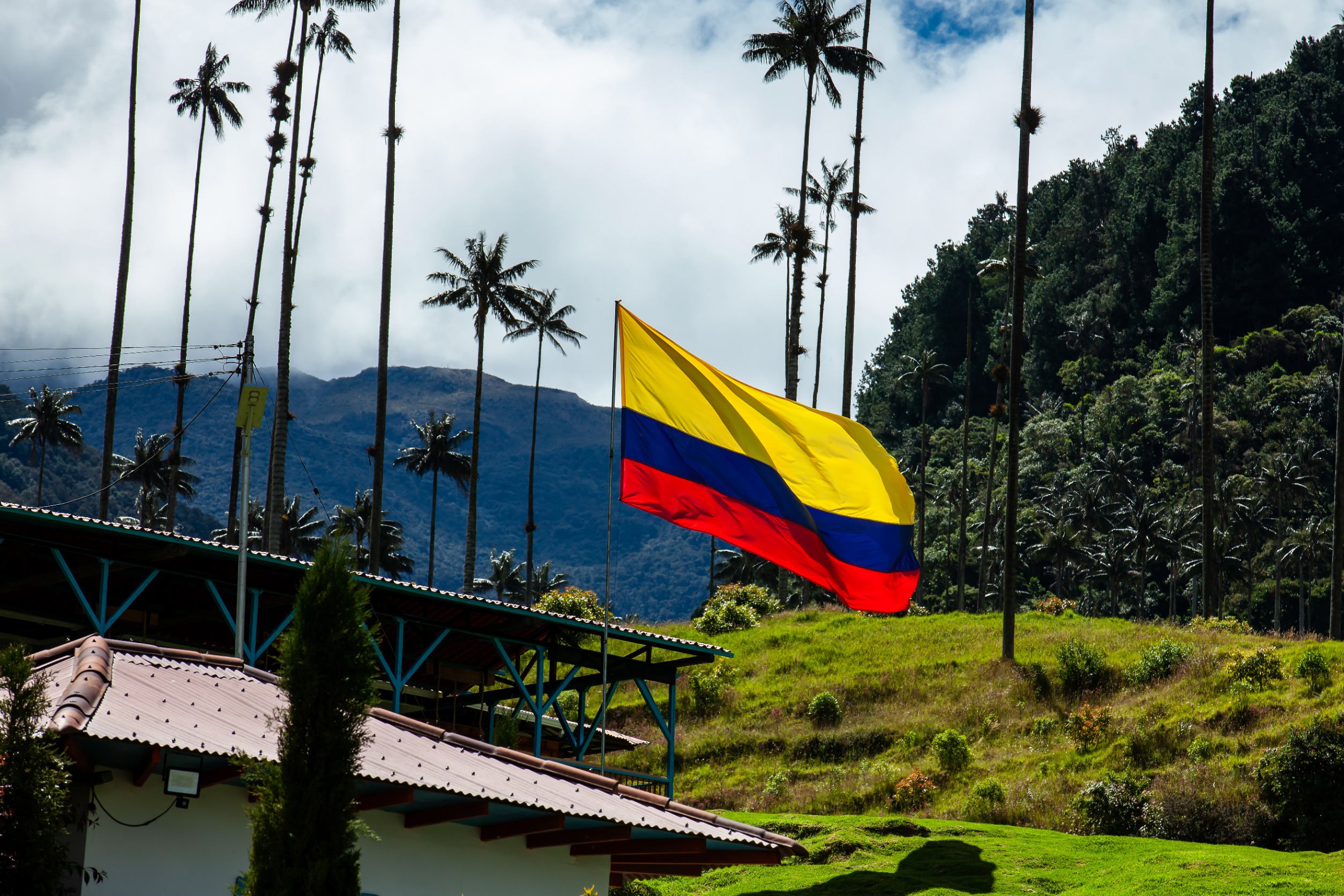BY THE OPTIMIST DAILY EDITORIAL TEAM
For many people around the world, Halloween is the pinnacle of the spooky season, with costumes, jack-o’-lanterns, and trick-or-treating providing a lively mix of fun and terror. However, Halloween is not the only holiday that honors the creepy, ghostly, and mysterious. Across countries, people gather to respect the dead, ward off evil, and enjoy customs that combine food, music, and costumes—some of which are scarier than Halloween itself!
Here are eight spooky celebrations, each with its own distinct way of commemorating the macabre.
Setsubun (Japan): driving out demons with magic beans
Setsubun is a Japanese festival that commemorates the entrance of spring and the expulsion of evil spirits. This centuries-old practice observed every February, involves flinging roasted soybeans, known as fukumame, to ward off devils and bring happiness. Adults, often wearing demon masks, play the “evil spirits,” as children gleefully hit them with beans and cry “Oni wa soto! Fuku wa uchi!” (“Demons are out! Happiness is in!”).
Food also plays an important role in Setsubun. People eat a sushi roll known as ehomaki in silence while facing the year’s lucky direction, hoping for wealth and prosperity. And to ensure good health for the coming year, it is usual to consume the same amount of beans as your age!
Día de los Muertos (Mexico): a vibrant celebration of life and death
Mexico’s Día de los Muertos, or Day of the Dead, is a joyful holiday honoring deceased loved ones. Celebrated on November 1 and 2, it is thought that on these days, the veil between the living and the dead is thinnest, allowing spirits to return for family reunions. Día de los Muertos celebrates life via music, parades, and food and drink offerings, rather than sadness.
Families set up ofrendas—altars with images of the departed, sugar skulls, and candles—and leave offerings of water, sweet bread, and fruits for the spirits. The festival’s vivid costumes, skull face painting, and marigold decorations serve as a poignant reminder that death is a natural part of life and not anything to be afraid of.
Correfoc (Catalonia): dancing devils and fiery dragons
The Correfoc event in Catalonia, Spain, combines fear and fun to great effect. On Catholic saint days, this event turns the streets into a fiery playground for devils and dragons. Performers dressed as devils with rockets attached to their pitchforks rush through the streets, creating a magnificent display of light and sound. Spectators, frequently brave enough to participate in the turmoil, dash alongside them to “run with the fire.”
Correfoc, based on medieval street performances known as ball de diables (devils’ dance), is both thrilling and hazardous, making it one of the world’s most dramatic and exhilarating festivals.
Awuru Odo (Nigeria): welcoming spirits back home
The Igbo people of Nigeria celebrate Awuru Odo, a warm and inviting holiday during which spirits return from the afterlife to spend many months with their kin. This celebration, which takes place every two years between September and November, is a joyful reunion complete with music, dancing, and extravagant masks. The ghosts, represented by masked men, are regarded as honored guests, remaining with their loved ones until it is time for them to leave again.
During the event, families eat together and pray for the returning spirits, demonstrating that in Igbo culture, the deceased are not feared but rather cherished as protectors and guides.
Basler Fasnacht (Switzerland): a carnival of light and music
Basler Fasnacht, Switzerland’s largest carnival, starts at 4 a.m. on the Monday following Ash Wednesday and lasts 72 hours of nonstop festivity. The streets of Basel are illuminated only by the glow of magnificently painted lanterns, as singers and entertainers march around the city dressed in elaborate costumes and masks.
This celebration, which originated as ancient Celtic ceremonies, features everything from military marching bands to fairy-tale characters. Crowds flock to witness the processions, gather confetti and flowers from the floats, and enjoy a night of fun and music. The Kinderfasnacht on Tuesday allows children to join in the excitement by dressing up as their favorite characters.
Gai Jatra (Nepal): a procession of cows for the souls of the deceased
Nepal’s Gai Jatra, also known as the Festival of Cows, is a one-of-a-kind celebration full of pleasure and fun. The celebration began in the 17th century, when a king, lamenting the loss of his son, urged his subjects to perform a parade to cheer up his queen. Today, Gai Jatra is a means for families to remember loved ones who died during the preceding year.
During the celebration, families carry cows (or children disguised as cows) through the streets, guiding the souls of the deceased to the hereafter. Gai Jatra uses music, dancing, and comic acts to transform sadness into a moment of shared laughter and reflection.
Matariki (Aotearoa New Zealand): honoring the past, present, and future
The Matariki star cluster marks the start of the new year for Māori in Aotearoa New Zealand. Families meet to remember loved ones who have died, express gratitude for the present, and plan for the future. The event centers on music, storytelling, and feasts.
According to Māori mythology, the stars of Matariki are the eyes of the god Tāwhirimātea, who cast them into the sky in mourning after his parents, Ranginui (the Sky Father) and Papatūānuku (the Earth Mother), split. This celebration is a time for introspection and thankfulness, as family gather to recall the past and look forward to a bright future.
Fèt Gede (Haiti): celebrating the dead with joy and respect
Fèt Gede, Haiti’s Festival of the Dead, is a lively celebration that honors the spirits of the deceased. The event, which runs throughout November, includes music, dancing, and food and drink offerings to the spirits, particularly the Gede, who are associated with death in the Voodoo faith.
People dress in black, white, and purple during Fèt Gede, typically wearing skull makeup and top hats in remembrance of Papa Gede, the first to die. Fèt Gede, with processions leading to graves and rum-fueled festivities, is a joyous time to connect with the deceased and seek their blessings for the living.












